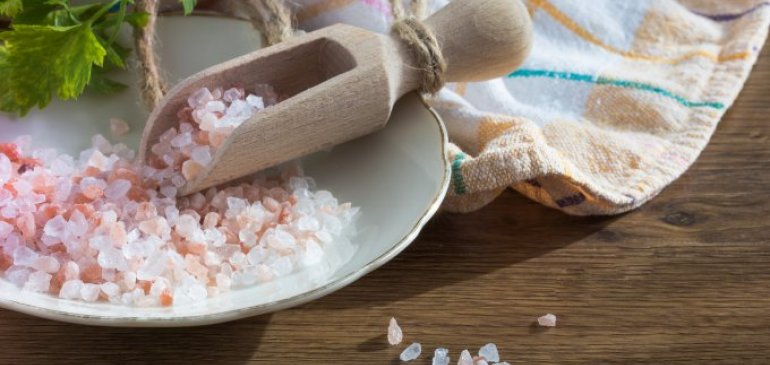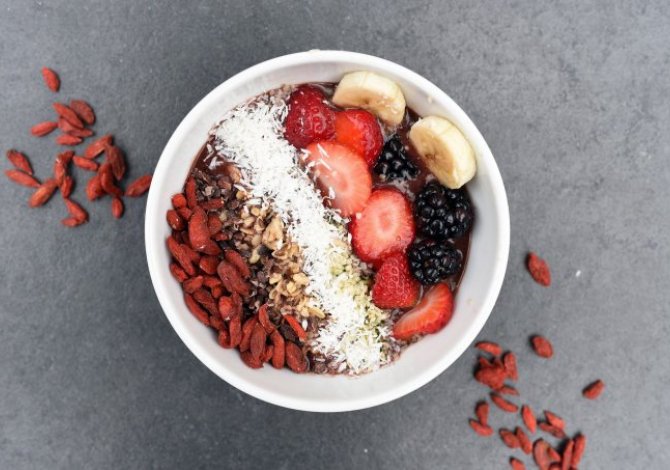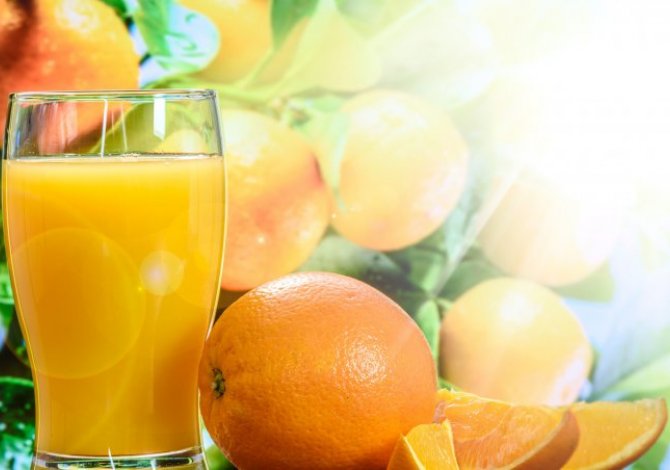Not so long ago, "salt" referred exclusively to highly processed, mineral table salt served from shakers. It was probably only with the advent of food television that home cooks gained a deeper understanding of the true purpose of this ingredient: Salt should not be used to indiscriminately blanket dishes with a surface salinity snowdrift. Rather, food should be salted in stages to encourage multidimensional flavor, which in turn will enhance sweetness, suppress bitterness, and enhance umami. Salt should combine flavors to make dishes taste their best.
So while table salt still has its uses, both professional and home kitchens are increasingly equipped with a variety of other options, such as vibrantly colored finishing salts and fluffy flakes of British Maldon.
Need help wading through the wide, wonderful new world of bespoke salts? We asked a handful of experts to open their spice cabinets so you can better determine what's yours.
Kristen Miglore, creative director of Genius at Food52
When grating your pantry, it's hard not to be awed by the crystal-clear rainbows of red Hawaiian salt, Nepalese black salt, and seal sel gris. But ask an expert, and they invariably claim that the most important spice is widely available in supermarkets and pharmacies, packaged in an inconspicuous cardboard box. "Diamond Crystal Kosher is my favorite product. I love the way its uniform flakiness floats above the food and sticks to it," Miglore said.
This fast-dissolving kosher salt is her touchstone for recipe testing. (All brands are not created equal, Miglore warns: Morton, for example, produces a much saltier result.) "I also keep fine sea salt on hand, as it's table salt whenever it's needed," - she says. "And a large bucket of Maldon, which my husband affectionately calls 'big salt,' for sprinkling at the table."
Clint Snowland, Bluestone Lane chef
Located in Pakistan, the Khewra Salt Mine is the second largest salt mine in the world, and one of the oldest, and is the source of Sherpa Pink, which gets its pink hue from 85 minerals and trace elements, including calcium and potassium. The sodium chloride content is actually relatively low, allowing the fine grains to gently pump up the volume of dishes without making them overly salty. It is this quality that has brought this salt to Bluestone Lane's Clint Snowland, which relies on Sherpa Pink to add depth of flavour to the brand's Australian café.
"It easily makes my top three salts, not least because of its look and colour," he said. "It's perfect for garnishing and adding a less striking but still rich flavour to any dish." It's available in all forms, from coarse rocks to fine powder, and its mid-priced content makes it the perfect winning salt."
Rosa Ross, chef, cooking instructor and author
Hailing from one of Macau's oldest Portuguese-Asian families, and among the early disciples of such luminaries as Marcella Hazan, James Beard and Jacques Pépin, Rosa Ross has become a leading expert in Macau cuisine. So it's no surprise that her favourite Portuguese flor de sal highlights these culinary influences.
"It can be used as a finishing salt, but because it's relatively inexpensive, I grind coarse grains and use them in cooking," Ross said. "The flavor is fresh and clean, not overwhelmingly salty. It mixes flavor in stews, is great sprinkled on steaks and chops, and really shines on fish." And while he is generally able to source it from a small deli on the corner of Prince and Thompson Streets in New York City, Ross assures us that it is readily available online.
Ken Oringer, chef and partner at JK Food Group
"Right now I live on Bona Furtuna sea salt with organic lemon from Sicily," said the restaurateur behind outposts like Coppa, Toro and Little Donkey, in Boston, Bangkok and New York. "We use it on everything from raw crudos to chestnut pappardelle with wild boar ragu."
Bona Furtuna (which also makes olive oil, sauces, and pastas) works with generational salt producers in Trapani to create custom blends using dozens of species of plants that grow wild in its area. Spring lemon is just one option; Sicilian salt is mixed with everything from oregano flowers and dried basil to fennel pollen and fennel seeds.
Gavin Fine, chef and owner of Fine Dining Restaurant Group in Jackson Hole, WY
Restaurateur Gavin Fine thinks of salt as more than just a spice. He and his chefs use it for everything, including salting pasta water, curing meats and marinating vegetables. The team really goes to town when it comes to finishing dishes; they roast salt at home, for example, to sprinkle on atop crudo. Not that they're above accepting help from other vendors. "I really like Chook Chicken Salt these days!" Fine said. "Made with powdered chicken chicharrones, its umami flavor is delicious with eggs, fatty fish and tortellini."
Adrienne Cheatham, chef and cookbook author
Adrienne Cheatham came up in great kitchens and was the long-time executive chef at Le Bernardin. It's no wonder, then, that she developed a passion for pristine fleur de sel, which, she's quick to stress, has as much place in home kitchens as it does in Michelin-starred restaurants.
Fleur de sel is made by skimming a naturally occurring salt formed in the top layer of seawater as it evaporates from shallow pools near the coast of Brittany and other parts of France. "This salt forms fine pyramid-shaped crystals that are thin and provide a wonderful texture when used as a finishing salt," - Cheatham said. "The taste is different from salt that comes from underground deposits. It's as light and delicate as the crystals themselves, evocative of the sea, with a clean minerality that enhances the flavor without making it feel salty."
"Clearly," she laughed, "I am passionate about salt.
















Comments (0)